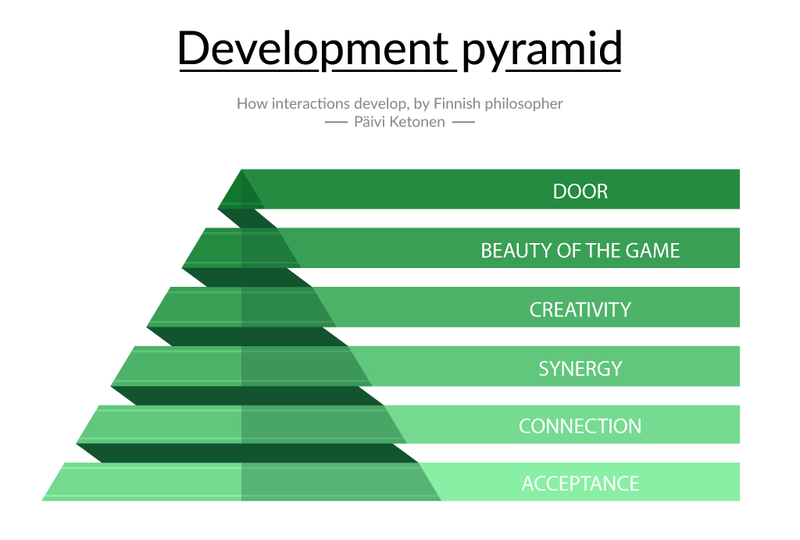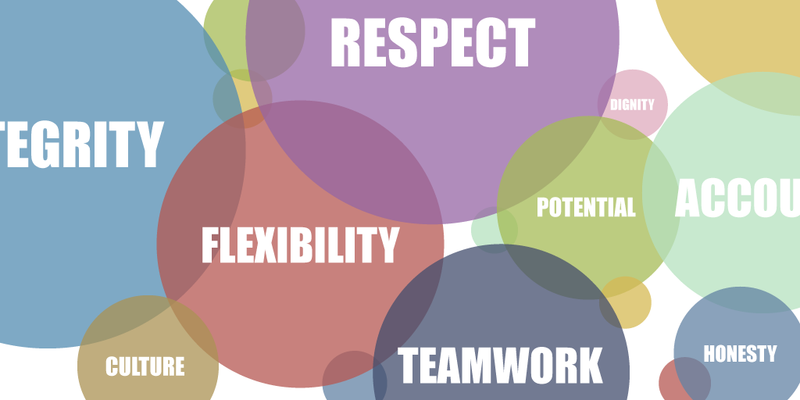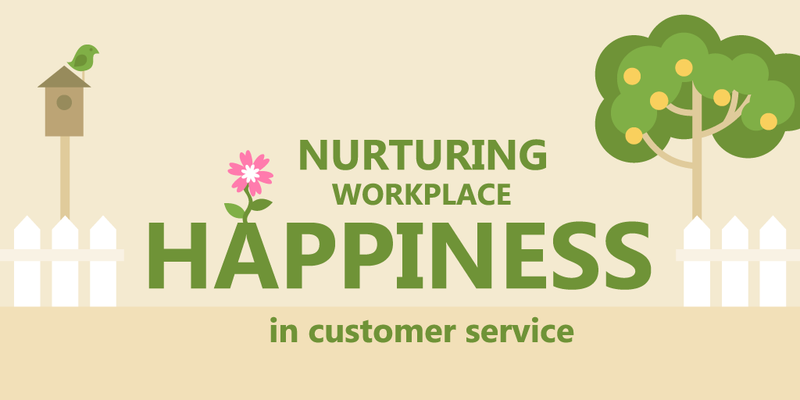The first part of our guide to workplace happiness focused on customer service agents and their role in an organization.
We are once again joined by Tiina Saar-Veelmaa — a coach, lecturer and workplace happiness advocate with the Work 4.0 workplace innovation award under her belt. She will lend us a lens through which we can take a look at workplace happiness from a manager’s viewpoint.
Today’s agenda will include:
Should you trust or control employees?
Trust and control are pretty much the proverbial carrot and stick in the context of management. The catch is, you can either trust or control your employees; you can’t do both.
Although the temptation to lord over everyone can be high, management based on control is to be replaced with management based on trust. The only thing managers should control is whether employees need their help.
Classic organizations want managers to call all the shots, even in matters where they don’t have competence.
In true holacracy, management is decentralized. Decision-making is distributed between teams and individuals. He who is knowledgeable about his field of competence should be the one making decisions.
Human-centric management means focusing not only on employee’s performance but on answering the question “What can we do to make the employee give it 100%?” The duty of a manager is to bring out true potential.
And that means establishing that it’s okay to make mistakes.
The same pyramid that describes stages of interaction with a difficult customer can be applied to interacting with an employee. And it should lead to the same result: working together to build a better experience.

What can make a service agent’s life easier?
One of the most important things is that a CS agent doesn’t feel alone. There needs to be a sense of belonging to something greater and doing meaningful work.
It’s all about teamwork and elbow grease. Paraphrasing Hanns Johst, “When I hear the word “corporate culture”, I reach for the gun”. Nevertheless, engaging company culture is a must.
More and more companies are trying to make their teams feel like family. This can be achieved through group activities, getaways or team building exercises. The goal is to create the right atmosphere for everyone.
What every customer service employee could really benefit from is implementation of new technologies, though there is a fine line between gamification and 1984. The bottom line is, technology should help do away with routine and save time. Performance monitoring tools and customer data collection software are invaluable in customer service.
When it comes to management, there needs to be a people-first approach, which is characterized by trust instead of control. Managers need to nurture employees’ potential instead of forcing it out.
Last but not least is autonomy. This is connected to the trust-control dichotomy, as too many managers nowadays are still relying on handholding and telling exactly what (not) to do. While clear guidelines and regulations are always welcome, creativity needs space. It is the duty of a manager to find the right balance between giving independence and requiring accountability.
Should you become friends with employees?
This depends on how we define “friends”. Is it just being friendly with someone, or does it involve socializing outside of work?
The latter, although sounds nice on paper, can backfire horribly. There is this power dynamic to watch out for; no matter how candid relations can become, it will hang over you like the Sword of Damocles.
Becoming best buddies with your boss can negatively affect your performance, and when the relationship falters, it may make matters worse.
As an alternative, there is such a thing as workplace friendship: getting along with your superiors while keeping in mind the office hierarchy.
At the end of the day, whether or not to become actual friends with a manager should be decided on a case-by-case basis, as it largely depends on a person, company, corporate culture and how both sides view this relationship. Nevertheless, it is important that your budding relationship doesn’t stand in a way of an honest discussion of your employee’s performance.
As long as you can continue to do you work the way you did before, it should be okay.
Which side to take in a conflict between a customer and a clerk?
This is a textbook nightmare scenario for a manager: there’s a conflict between your customer and your employee, and you need to take a side.
In this case, the only right action is to assume the role of a service agent and help serve the client. Too often, managers start beating down on the already stressed-out clerk. The first instinct should be not to blame but to help.
The manager’s goal here is to resolve the conflict in such a way that every side would leave satisfied and with its dignity intact.
How to create engaging company culture?

It’s not only about what an employee can do for a company, but also about what the company can do for the employee. Put yourself in employees’ shoes, and it’s only natural that you start asking yourself these questions:
Am I engaged?
Does this job make me a better, more qualified and diverse person?
Do I belong here?
Does my work have any impact?
A greater sense of belonging and camaraderie can be fostered through small rituals. One of the better ways to make people get along with each other and start communicating is by having lunches together.
Or, as every smoker knows, smoke breaks are the best opportunity to meet and talk to your colleagues as a new hire. (Bu it also gives you lung cancer, so we can’t recommend this method of building team spirit.)
Fostering relationship should work on a more personal level, too. A manager needs to carve out time for a one-on-one coffee break with employees. Who said you can only discuss serious matters in a formal environment?
On a company-wide scale, there need to be core values.
Too often, they are too superficial and vague. Managers and CEOs create them simply so that they would exist, neglected by everyone. Of what good are they, then?
Company values can play a crucial role even at a hiring stage. Job seekers who do their homework will see whether a company they considered applying for hold the same outlook as them.
Company values are there to answer these questions for a potential new hire:
Why does your company exist?
What makes you stand out in your field?
Why should I work for you?
Basically, company values dictate the office culture.
There’s an example of a company that had employees keep slipping through their fingers like sand. Although the work environment was nice enough and employees had half a dozen of personal masseurs to choose from, they didn’t stay for long. Why is that?
Perhaps the reason was that this company’s values from straight up copy-and-pasted from Netflix.
If you don’t care about your vision, why should your employees?
Thanks for joining us today and thanks to Tiina Saar-Veelmaa for helping us make sense of workplace happiness. We hope this two-parter has been as educational for you as it was for us.
See you next time and remember: your employees are worth it.


![Building Workplace Happiness in Customer Service [Part 1]](/static/img/cms-blog/6i1WMUUjkwj3zi3em4cx03/building-wokplace-happiness.png)



